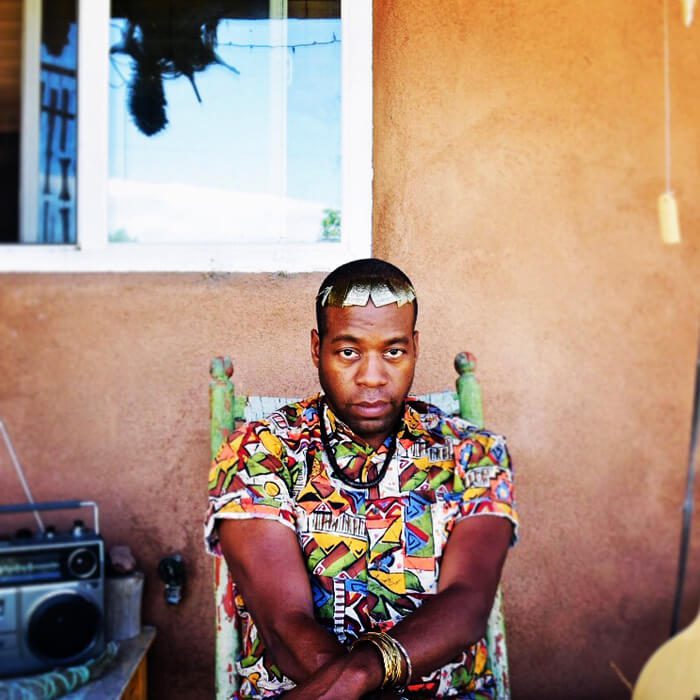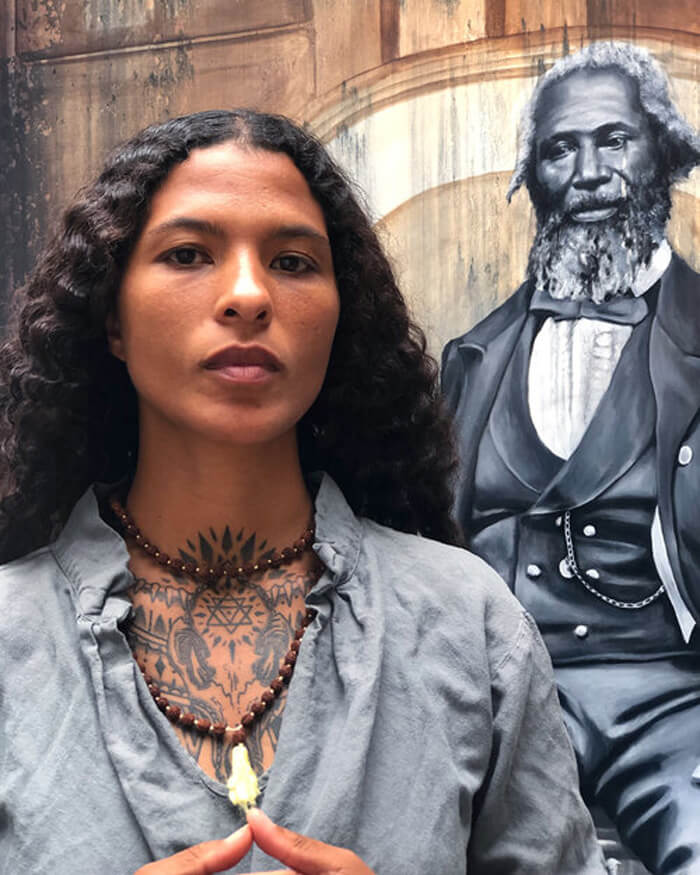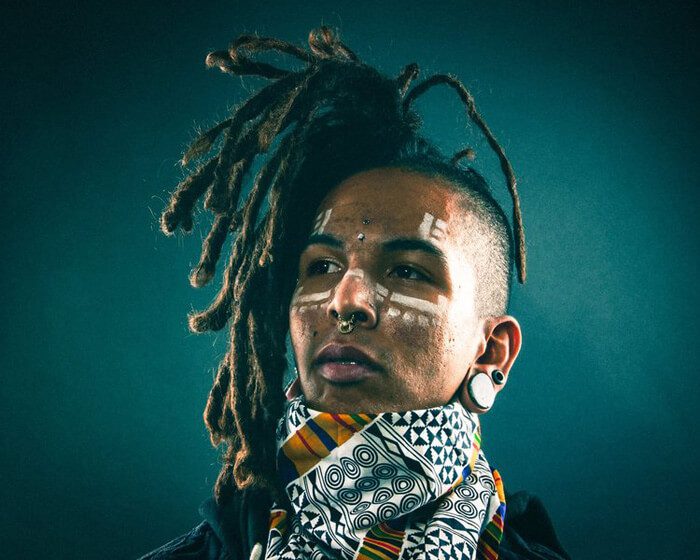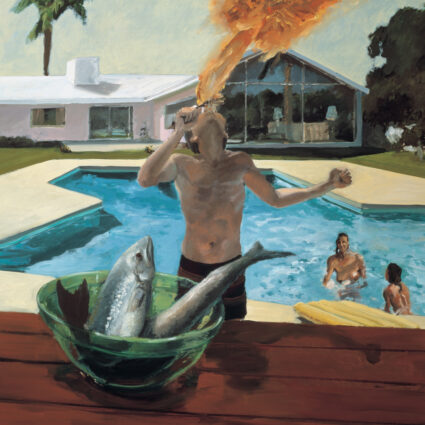Earthseed Black Arts Alliance New Mexico aims to build community for Black artists in Santa Fe, and highlight their contributions to the city and its history.

“The question ‘how can I be a good ancestor?’ has been traveling in my brain a lot lately,” said Raashan Ahmad, an emcee, poet, DJ, and hip hop artist who lives in Santa Fe. Ahmad, who typically spends much of his time traveling for his work, has spent the duration of the pandemic at home. This prolonged period in New Mexico, combined with a longstanding commitment to supporting fellow Black artists, led Ahmad—along with local artists Tigre Bailando and Nikesha Breeze—to create Earthseed Black Arts Alliance New Mexico, an organization dedicated to centering and representing Black voices. The name “Earthseed” comes from the work of Octavia Butler, the revolutionary science fiction writer and ahead-of-her-time Black futurist. “The word itself,” Ahmad said, “makes me think about the generations that are coming. We’re planting this right now for them; this can be a sprouting.”
Earthseed has put out an open call to Black New Mexico artists of all media to join the conversation, build community, and eventually develop exhibitions, installations, online programming, and other events. They are also accepting donations through Vital Spaces, their fiscal sponsor. The organization’s first community event, a drive-in dance party and fundraiser celebrating Black music and artists, will be held on Saturday, September 5 at HIPICO (100 South Polo Dr, Santa Fe).

Though the organization is very much in its early phases, establishing its shape and gaining momentum, there are already some concrete objectives to help increase Black representation in Santa Fe. Currently, Earthseed is forming relationships with other arts organizations, and creating a groundswell of solidarity with which it can approach the city. Some goals are the appointment of a Black person to the city arts and culture department and to the arts commission, and creating a city-sponsored public art project that honors Black history in New Mexico. “There’s a long history of Black folks in New Mexico,” said Ahmad, “and there’s nothing that says that anywhere.”
In 2013, Darryl Lorenzo Wellington wrote for the Santa Fe Reporter about the overlooked stories of Black people in New Mexico. Wellington quotes Bruce Glasrud from the introduction of UNM Press’s African American History in New Mexico: “so little can be found about African Americans in New Mexico it almost seems a conspiracy.” Wellington then asks, “is it less a conspiracy than another self-fulfilling prophesy? That every time New Mexico is spoken of as ‘tri-cultural,’ a bias is reinforced and a potential black narrative is lost in 400-plus years of a Native American/Hispanic/Anglo shuffle?” If Santa Fe’s self-mythologizing doesn’t include Black people and their contributions, despite a long history of Black people in the state, then where is the entry point for Black New Mexicans to feel belonging?

Though Ahmad feels Santa Fe is “one of the most supportive places [he’s] lived,” he expressed that it has at times been challenging to feel that Black artists aren’t represented in its art world, and elsewhere in the city’s culture. “We’re out here,” he said. “It’s a growing community, and a lot of it is just missing seeing our reflection in our own city.” He hopes that Earthseed can pave the way for Black artists to be more visible, and make Santa Fe more welcoming for other Black folks. “This is something that the city as a whole would benefit from,” he said.
As a town that earns millions each year through its arts and culture industries, Santa Fe knows better than most how critical artists are to the cultural health of a city. Supporting artists is an essential tool for affecting change, and supporting Black artists—always, but especially in our current moment of reckoning—is a key piece of that puzzle. Earthseed is open to donations of time, money, materials, resources, and space, and asking people get “creative with their access, privilege, position or connections, because Black representation, culture, and expression lifts all communities.”



